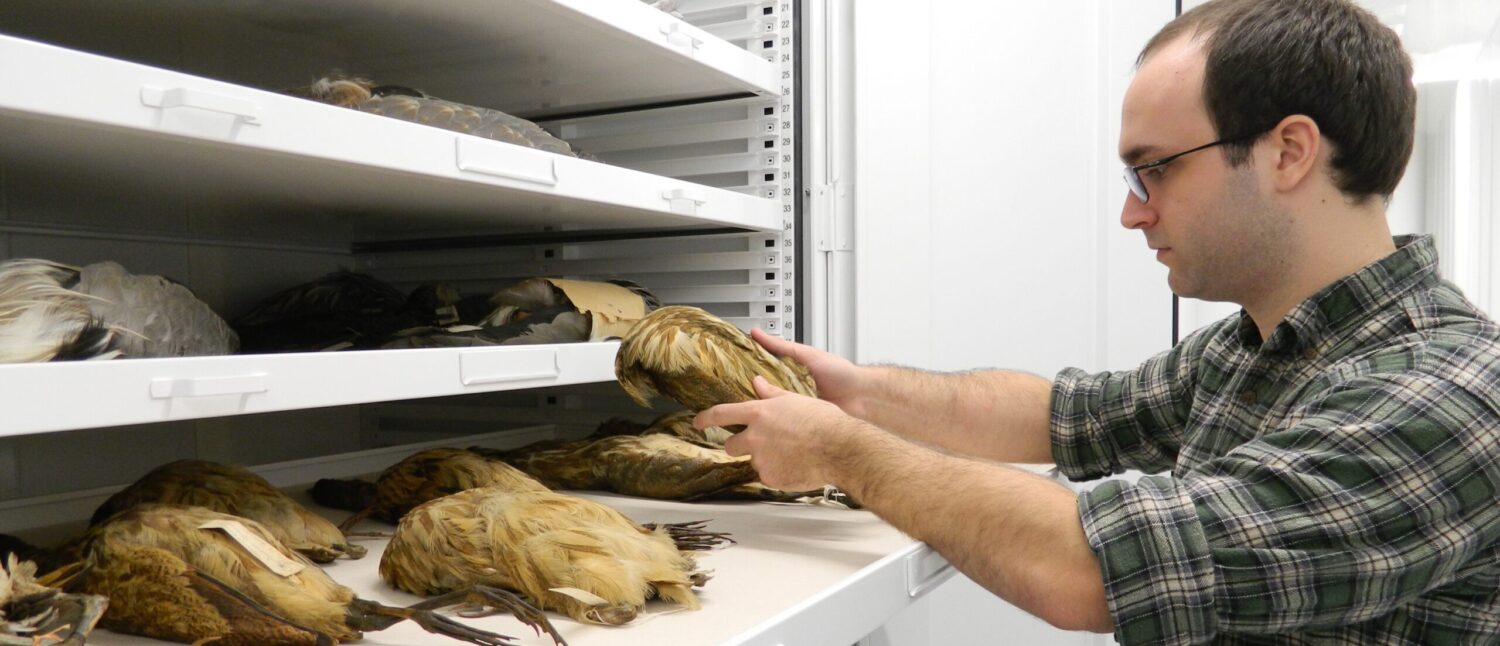On 5 March 2012, Dr. John Wingfield, head of the Biological Sciences Directorate at the National Science Foundation, responded to concerns raised by the collections community about the Collections in Support of Biological Research (CSBR) program. NSC Alliance and several other scientific organizations wrote to Wingfield in late February regarding NSF’s proposal to change the CSBR program from an annual to biennial competition, effectively cutting the program’s funding in half.
The letter, addressed to Robert Gropp, NSC Alliance director of public policy, is reprinted in its entirety below.
Dear Rob,
Please feel free to forward this response to your comments and the letter from the Association of Science Museum Directors, AIBS, American Institute of Biological Sciences, Society for the Preservation of Natural History Collections, and the Natural Science Collections Alliance.
The Directorate for Biological Sciences (BIO) appreciates your interest in its ongoing activities and programs, and especially your support for the new biodiversity programs launched in the last two years, namely, Dimensions of Biodiversity (DoB) and the Advancing Digitization of Biological Collections (ADBC). Â These programs are being supported at an annual level of nearly $30 million (combined) and represent a significant investment by the Biology Directorate in biodiversity research. As you know, Advancing the Tree of Life (AToL), which began in fiscal year 2003, was originally intended as a ten-year program (ending in 2012). However, instead of ending the program, BIO used 2012 AToL funds to support the Assembling, Visualizing and Analyzing the Tree of Life (AVAVToL) Ideas Lab (part of the AToL program). Â The AVAToL projects are expected to result in outcomes that can be used to creatively revision the AToL program in a way that will set the stage for the future of systematics, taxonomy and related fields. Consequently, the next AToL competition will be in FY2014 with its focus guided by the early results of the AVAToL projects.
As we are all well aware, challenging financial times often translate into challenging funding priorities that require hard decisions. Nonetheless, BIO strives to sustain support for its disciplinary programs since they are the foundation of the biological sciences and the source of some of its most innovative and transformative discoveries. Where other Directorates have eliminated programs, BIO has chosen both to support new priorities (such as DoB, ADBC and AVAToL) and to preserve core disciplinary programs. It has done this by staggering and/or reducing but not eliminating some non-core competitions, such as Collections in Support of Biological Research (CSBR). Creative management of BIO’s resources will help insure that the biological research supported by the NSF remains strong, vibrant and always at the leading edge.
BIO looks forward to your continued support in this endeavor.
Sincerely,
John C. Wingfield
Assistant Director for Biological Sciences
National Science Foundation

